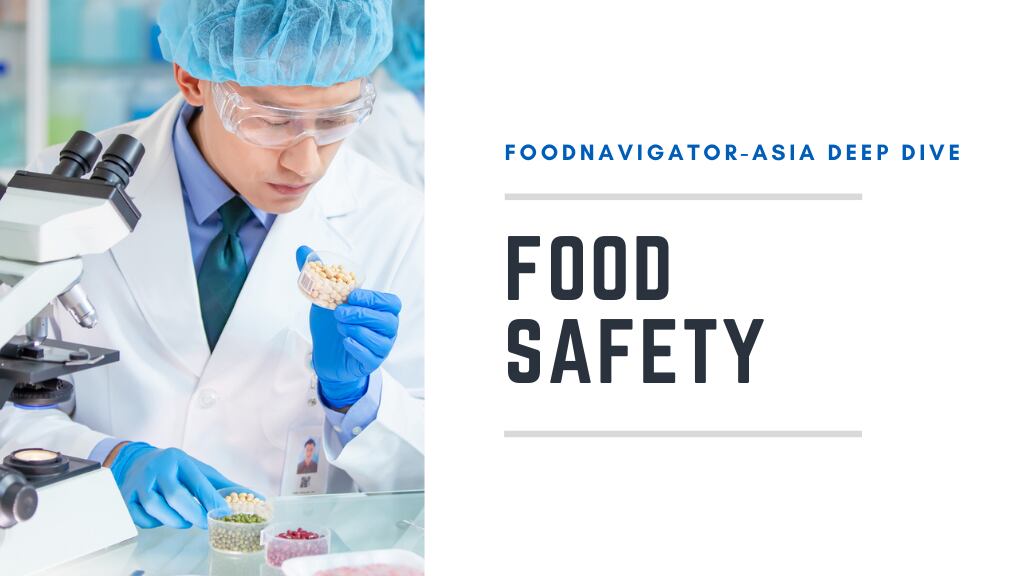The harmonisation of food safety standards in the ASEAN region has been an ongoing effort for many years now, but despite multiple working groups working on this from different angles, little progress has been reported thus far and the onset of the COVID-19 pandemic appears to have slowed things down even further.
With some stability on the horizon, such efforts are due to start up once again, and when FoodNavigator-Asia spoke with UNFAO Senior Food Safety and Nutrition Officer Sridhar Dharmapuri about this, he opined that the best way to proceed most efficiently is for the region to employ Codex Alimentarius (Codex) standards in developing the harmonised standards.
“The Codex standards are already major reference guidelines for the World Trade Organisation (WTO) and are considered fundamental for trade, in addition to being a neutral platform for every country globally such that the same will apply to both the EU and Asia so none of the standards are impossible high to achieve,” Dharmapuri told us.
“Setting and harmonising standards are no easy task as the way they work would be, for example, a certain pesticide residue in a certain crop being exported – to set a ‘level’ for this, food safety experts need to decide what is reasonable for health reasons but also implementable by the exporting countries, and harmonisation would mean reaching an agreement by all the experts across the different countries in the region, which can be tough.
“This is why I believe Codex standards are the way for these discussions to proceed, because all ASEAN member nations are already signatories to Codex which shows they are open to accepting these and also are not able to refuse the enforcement of a standard without a strong reason and would also need to get this approved at WTO level – so the likelihood of acceptance is high.”
He also stressed that getting harmonised standards based on Codex would be beneficial for the ASEAN region as these are also accepted at a global level, which would make future trade and exports even more efficient.
“Codex is definitely a good route – as it is, the ASEAN region is already exporting a lot of food products globally, and if it has a set of harmonised standards based on internationally-accepted guidelines, then its food export growth can only growth further,” said Dharmapuri.
“All in all, it really is about being part of a global system – the whole of ASEAN is not only part of a production food chain, but an international production and consumption food chain, and it is a very important trade bloc which needs to conform to international standards when exporting.”
Equal standards
As food safety standards are developed, he also highlighted that more focus needs to be paid to the SMEs and MSMEs if the region truly wishes to flip its image for the better.
“Across Asia, the key food safety issue still plaguing the industry is that of a lack of hygiene, with microbes and microbial contamination as the number one problem, then only chemical and so on,” said Dharmapuri.
“Different countries collect and share this info differently, so it is difficult to know the entire picture, but what we do know if that the smaller food players are the ones that need more support to get proper food safety standards in place.
“Bigger companies are usually very careful about this, as they are very conscious about their image, but smaller firms usually are not able to cope with any impossibly high international standards – they need simpler codes of practice, translated into their local language and pasted on the wall to remind them to wash hands, use hair nets, etc.
“We know that many safety measures have been increased since the COVID-19 pandemic hit out of both fear and necessity, but what is important is really that these all continue to persist even after the post-COVID, or it will all have been for naught. All the crowding in factories, not maintaining hygiene and temperature during deliveries, all of this needs to change for good.”
Importantly, he also noted that although many factories are producing food products meant for export, it is equally important to ensure that the safety of food meant for local consumption is also prioritized.
“It is important that there are no double standards for products which are exported versus those made for local consumption – these all need to be made to the same high safety standards,” Dharmapuri stressed.
“To make this a reality, what is really needed though are a good legal framework, sufficient consumer education about food safety, as well as consistent, implementable standards for the industry to adhere to.”





